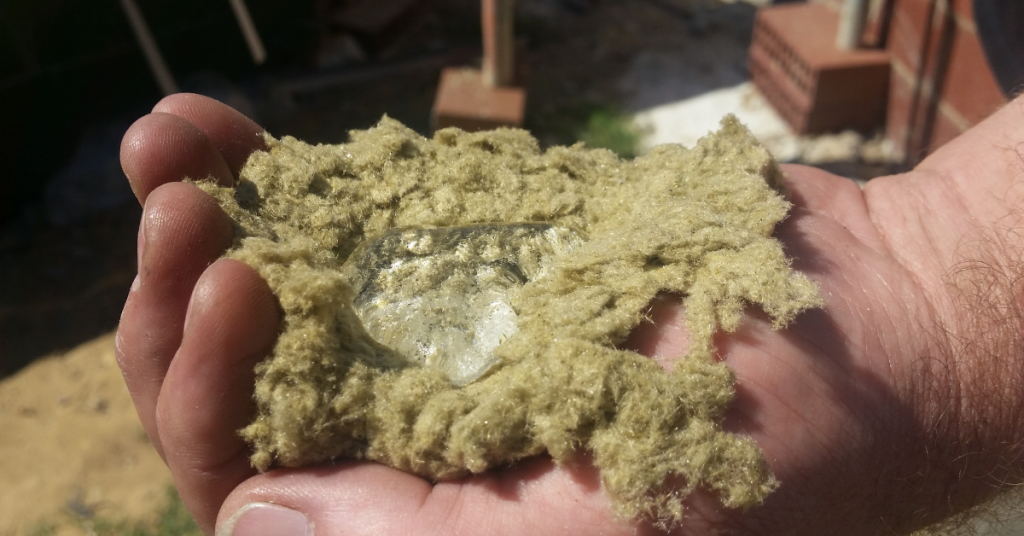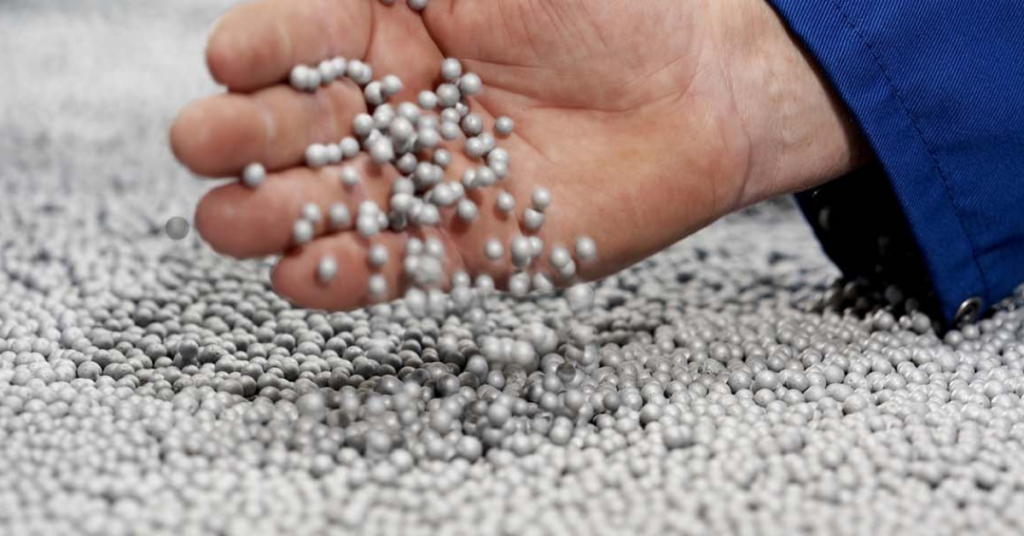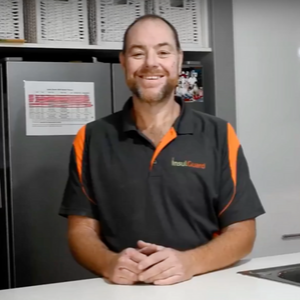Installing retrofit cavity wall insulation is one of the best ways to make your home more energy-efficient. By adding this insulation, you can help keep your home warm in the winter and cool in the summer, while saving money on your energy bills in the process!
If you’re interested in retrofitting your own home with cavity wall insulation, there are a few things you’ll need to keep in mind. First, you’ll need to determine whether your home is suitable for this type of installation. Retrofitting cavity wall insulation is normally applicable to homes built before 2015. If your home was constructed after this time, it’s likely that the cavity between your outer and inner walls has already been filled with insulation material.
Once you’ve determined that your home is indeed suitable for retrofitting, the next step is to choose the right type of insulation for your needs. There are a variety of different insulation materials available on the market. It’s important to select one that will best suit your home’s needs. For example, if you live in an area with a lot of moisture in the air, you’ll want to choose an insulation material that is resistant to mold and mildew.
Rockwool Retrofit Cavity Wall Insulation
Rockwool cavity wall insulation is a type of insulation material that is made from natural materials like rocks and minerals. It is a popular choice for homeowners because it is resistant to mold and mildew. This means it can help to prevent moisture damage in the home. Additionally, Rockwool cavity wall insulation can help to improve the energy efficiency of your home by keeping it cooler in the summer and warmer in the winter.

The installation process for Rockwool cavity wall insulation is relatively simple. First, a contractor will need to assess your home to determine whether it is suitable for this type of insulation. If so, they will need to drill holes into the brickwork every 1 – 1.2m to inject the granulated Rockwool. With retrofit construction, this is normally done externally so the drill holes aren’t obvious. For some homes, however, it needs to be completed internally. Next, they will pump the granulate into the wall at a nominal density. Finally, they will patch and seal the injection holes.
The cost of installing Rockwool cavity wall insulation varies depending on the size of your home. However, on average, the cost of this type of insulation is around $2,500 – $3,500. Therefore, if you are interested in improving the energy efficiency of your home, retrofitting with Rockwool insulation is a great option to consider!
Blown Bead Retrofit Cavity Wall Insulation
Blown bead insulation is one of the most popular types of insulation, and for good reason. It is made up of small, air-filled plastic beads that create an insulation barrier. No different from an esky or thermos, the polystyrene-based insulation is designed to reduce heat transfer. Blown bead insulation is a great option for those who want to insulate their homes without having to deal with the hassle of installing traditional insulation.
One of the best things about blown bead insulation is that it is very easy to install. It can be done without drilling into the brickwork like other insulation products. This makes it an ideal option for those who want to insulate their existing homes. Another great thing about blown bead insulation is that it is very affordable, ranging from $2,500 – $3,500. It is one of the most cost-effective ways to insulate your home, and it can save you a lot of money in the long run.

Retrofit Cavity Wall Insulation Summary
Blown bead insulation and Rockwool cavity wall insulation are two of the most popular types of insulation. They each have their own unique benefits, which is why they are so popular. Blown bead insulation is very easy to install, and it is also very affordable. Rockwool cavity wall insulation is more expensive than blown bead insulation, but it is more effective than acoustic insulation. It is also more difficult to install, which is why it is often used in new homes.

